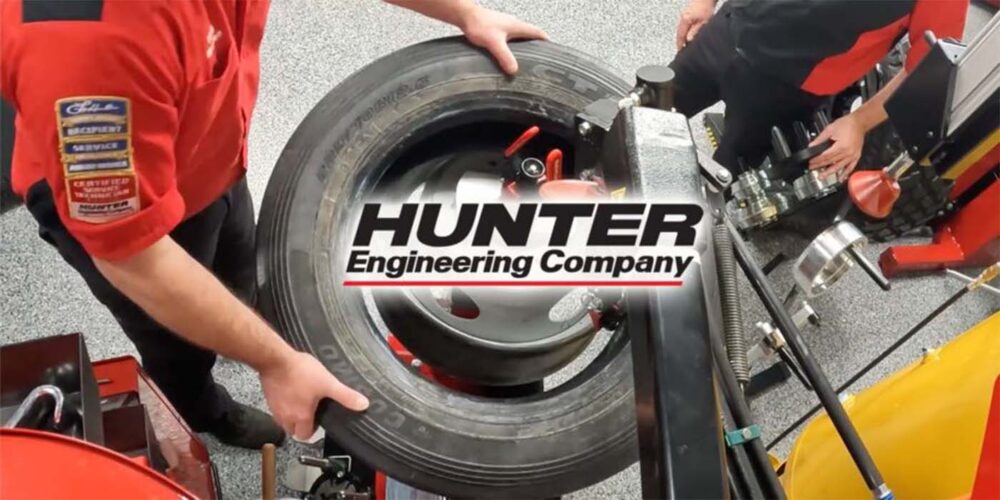Most computerized devices are utilized to a fraction of their actual abilities, including devices in your shop like scan tools. Are you maximizing yours to their full potential? Let’s talk about how to get the most out of your tools and not let them be just expensive code readers.
Understanding both the scan tool and its compatibility with the vehicles you’re servicing requires considerable time and effort. However, several factors can help you explore all of your tool’s capabilities.
Having internet access is crucial for maximizing the utility of your scan tool. Regular updates are necessary not only for staying current with vehicle information but also for security reasons and, while automotive scan tools may not be prime targets for cybercrime, it’s wise to prioritize cybersecurity by enabling automatic updates.
Beyond security, internet access is essential for accessing technician assistance features, service information databases and communicating with proprietary software applications. While Wi-Fi is common, not all shops have it, but it’s recommended for efficient operation. If shop Wi-Fi isn’t available, using a mobile hotspot from a cell phone can provide reliable internet access for the scan tool.
You should also take advantage of service tool customer support or online forums. Say you encounter an unfamiliar error message while attempting to use the diagnostic function of a scan tool. By looking online, you may find that similar issues have been reported by users of the same operating system across various devices. While you may not find a specific fix for the scan tool, you could come across numerous instances of the same error message with a common solution like downloading and installing a specific app. To confirm this solution, you can reach out to customer support, where they may confirm that the solution works.
While initial trouble codes and data offer surface-level insights, deeper investigation is often necessary, especially for common diagnostics like misfires. Recognizing flashing check engine lights and codes P0301 to P0308 typically signals cylinder misfires, which are relatively straightforward to address. However, the intermittent nature of some misfires poses challenges in their detection and resolution.
To delve deeper into misfire diagnostics, utilizing Mode $06 data can pinpoint specific cylinder issues. During the standardization of OBDII, it facilitated emissions calibration updates and served as a tool for emissions regulators to ensure vehicle performance met standards.
Mode $06 houses information for emissions-related monitors, with each monitor assessing specific sensors or systems. Most monitors operate on a pass/fail basis, with continuous and non-continuous monitors assessing vehicle conditions differently.
In Mode $06, data includes Test ID (TID) or later, Monitor ID (MID), followed by Component ID (CID), indicating specific cylinder tests. Decoding hexadecimal numbers can prove invaluable for vehicles not covered by standard scan tools.
Exploring advanced diagnostic capabilities like Mode $06 or utilizing internet access maximizes the utility of scan tools, empowering technicians to effectively address complex issues.
Don’t forget to follow us on Instagram and Facebook and subscribe to our YouTube channel for more tire, service and shop operations videos.













